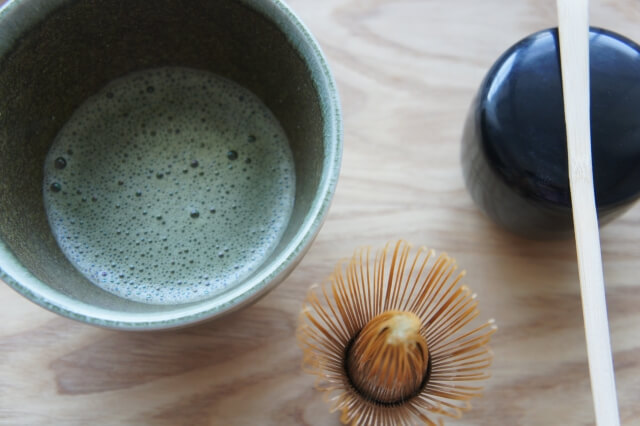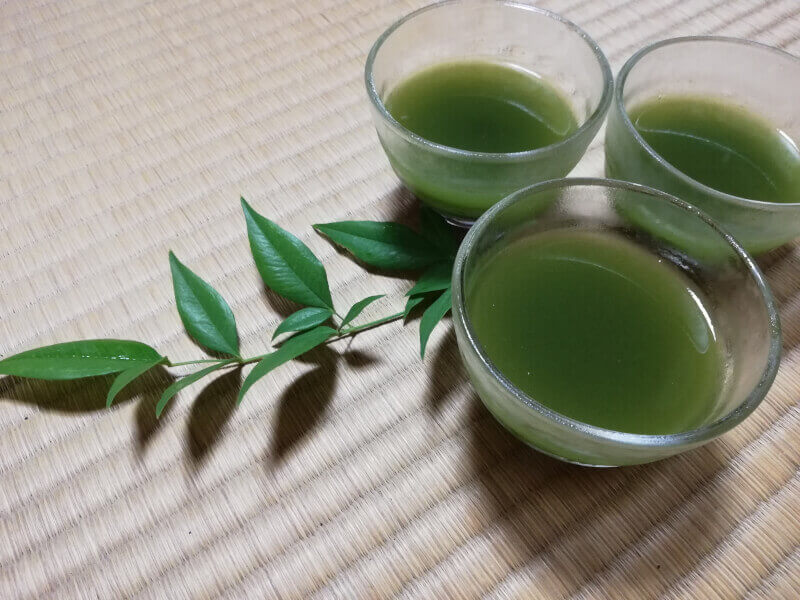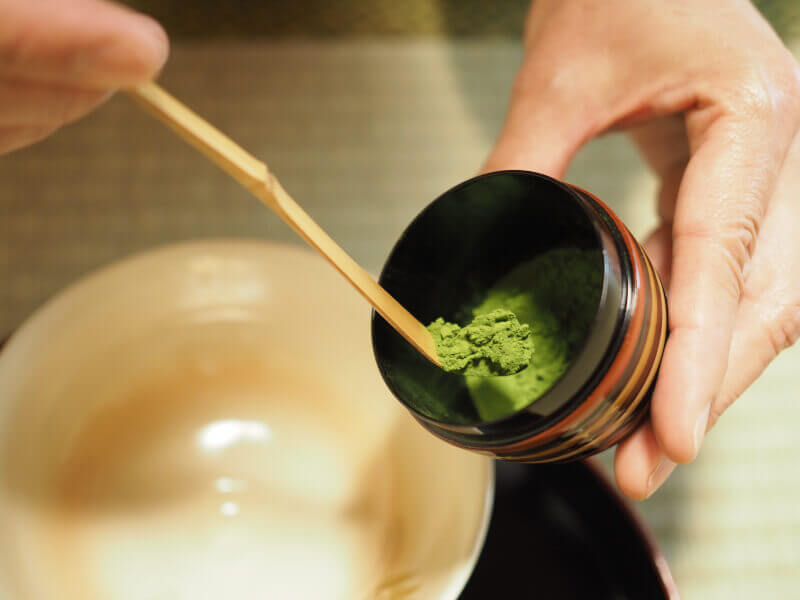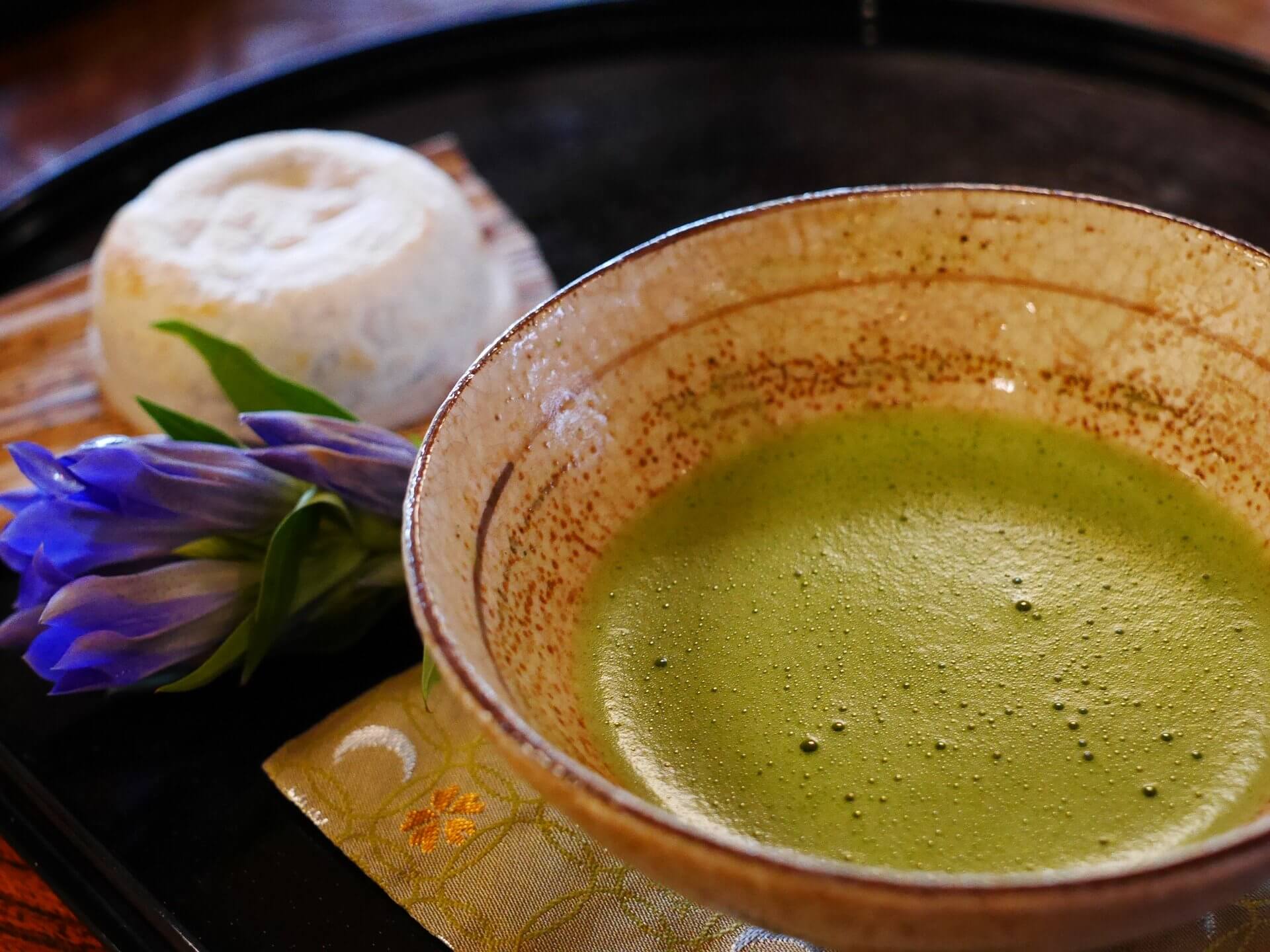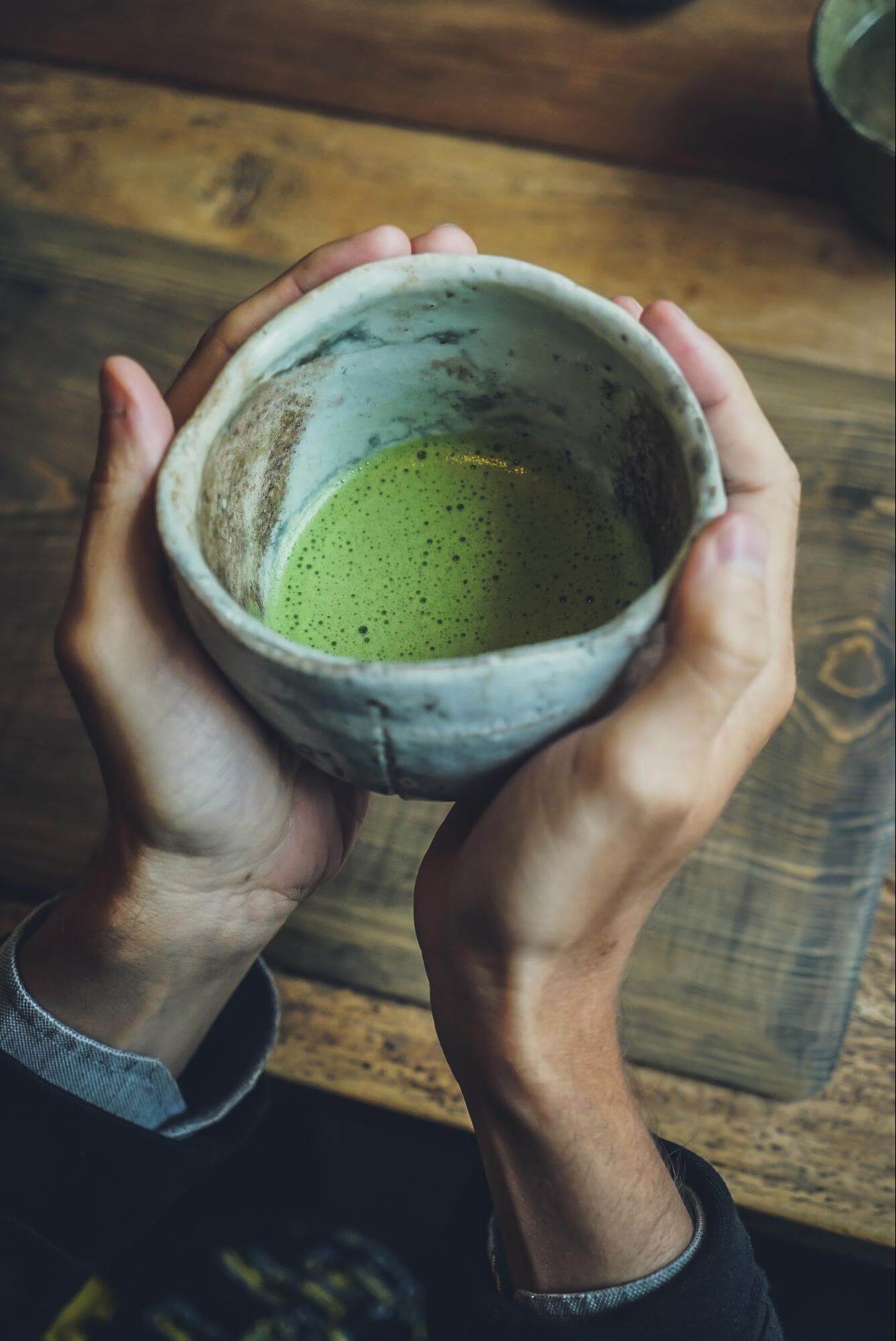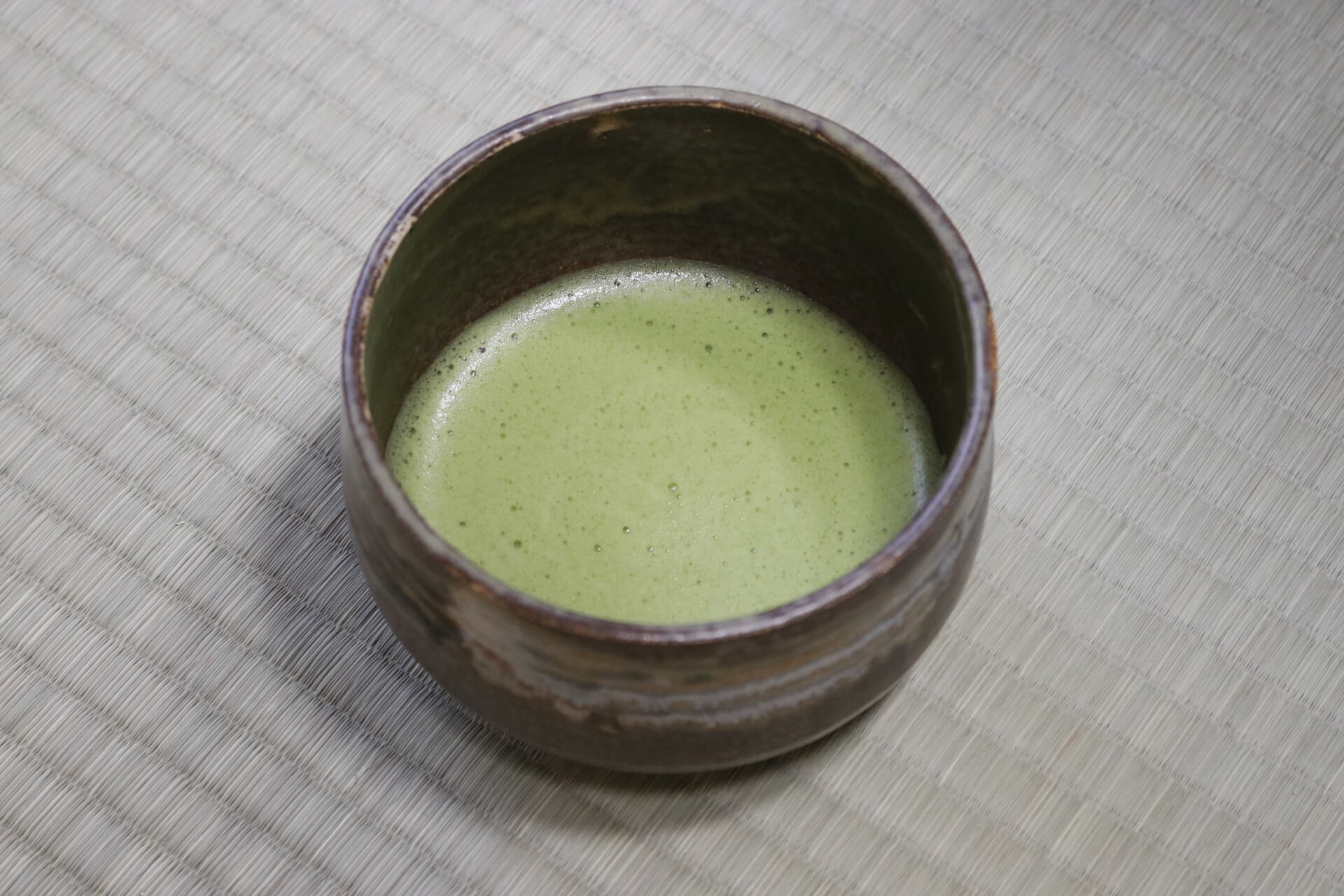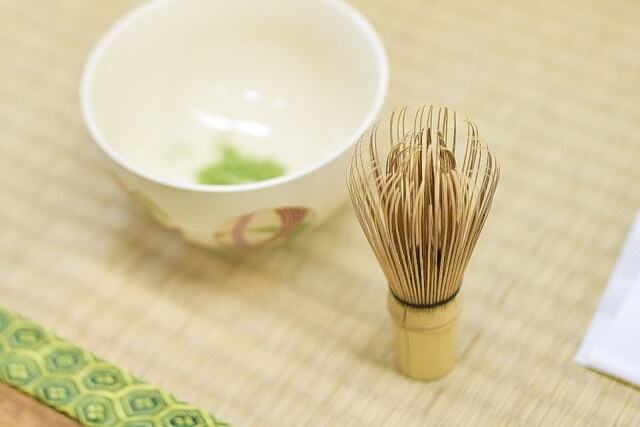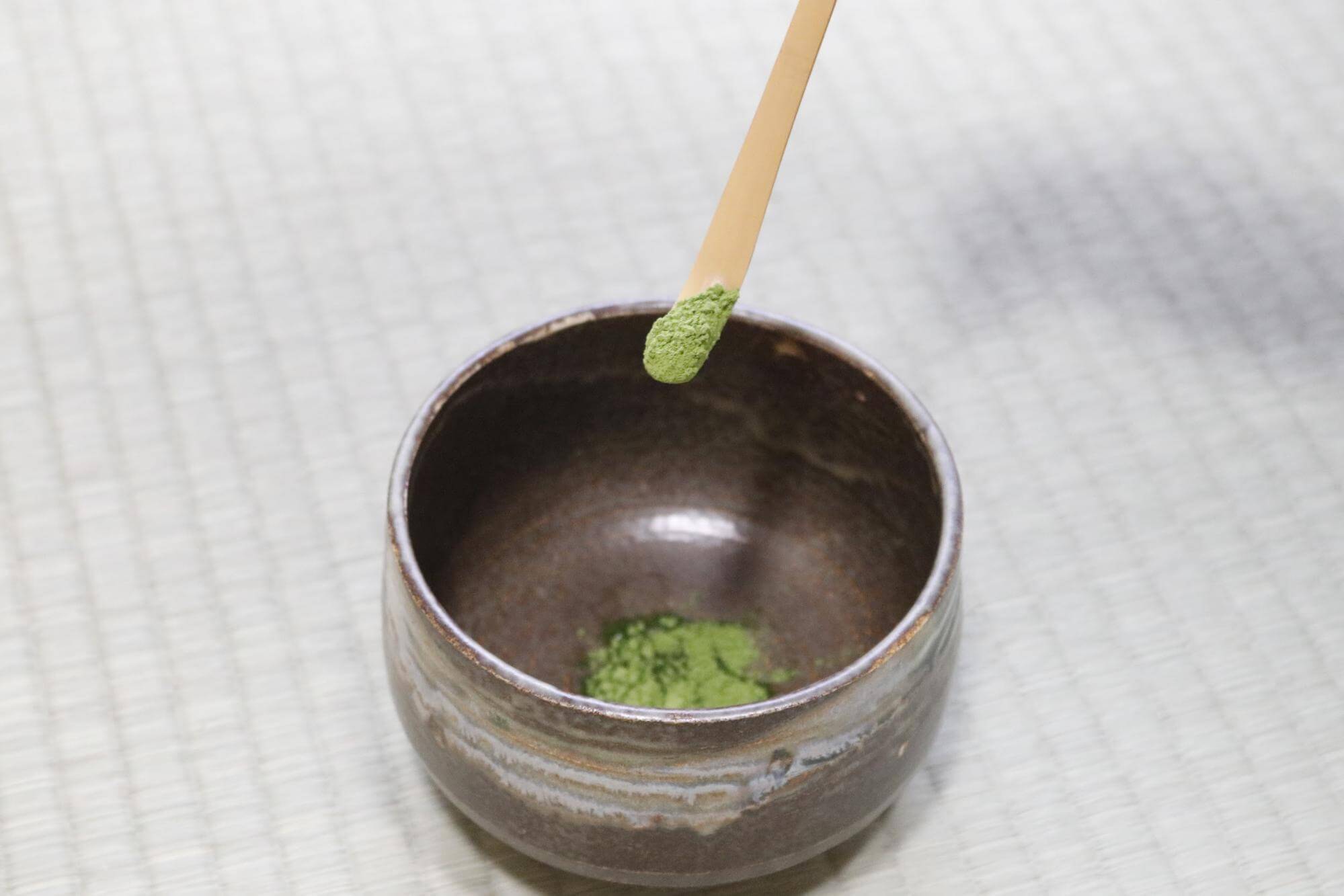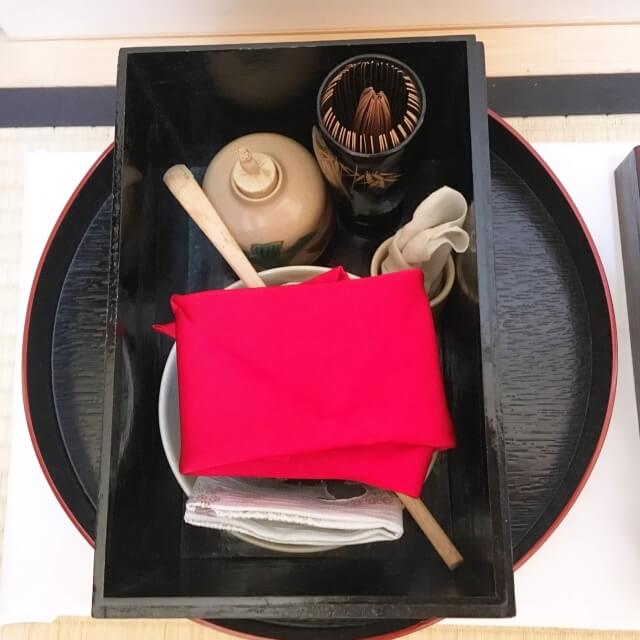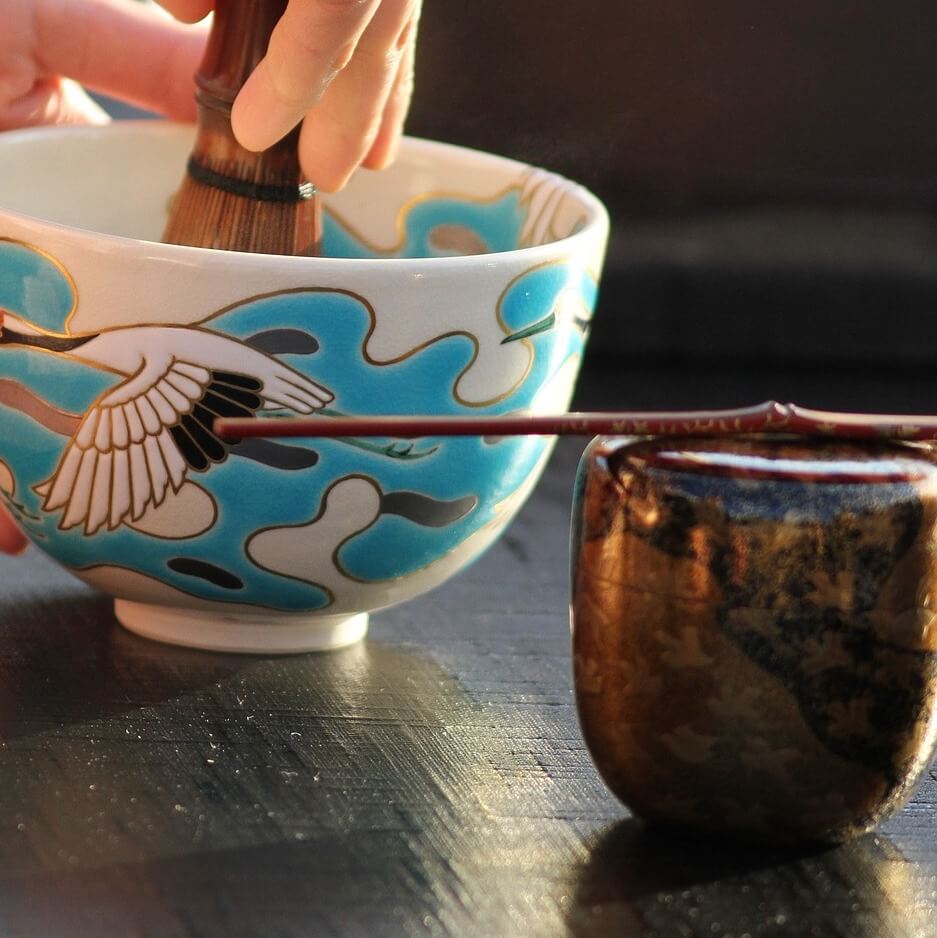Tea Ceremony in Fukuoka
Japan's 6th largest city, Fukuoka, is known for many different things. From its temples to its unique dishes, there is nothing but culture and tradition that fills this city. When you are in Fukuoka, and you are interested in learning about local culture and life, then you should consider their tea ceremony. This is another aspect of Japan that is well known across the world, and attending a tea ceremony is an honor that many visitors miss out on doing during their time in Japan. You don’t have to though, explore the tea ceremony experiences below to find your best fit!
0 Tea Ceremony Classes
Sorry.. There is no class.
All About Tea Ceremony Experiences in Fukuoka
The Japanese tea ceremony is a tradition of this country that dates back to 1100 years. It includes the preparation and serving of green tea or matcha. Hosts conduct tea ceremonies to show hospitality to visiting guests or as a way to relax the mind and body. And it must be effective, considering how long it’s been a part of Japanese culture. As you explore Fukuoka, consider attending a tea ceremony at one of these amazing places.1. Rakusuien Gardens
Have your tea ceremony indoors or out when you visit Rakusuien Gardens. The garden grows a lovely array of flora to inundate your senses with sweet smells and bright colors. Two indoor tea rooms, each with a fire pit, can be joined together to accommodate large groups.- Map: http://rakusuien.net/english/
- Access: 12-minute walk from Hakata Station
- Hours: 9 AM-5 PM
- Closed: Tuesdays
- Website (includes map): http://rakusuien.net/english/
- Price: Adults 100 JPY; Children 50 JPY
2. SUiTO Fukuoka
The SUiTO Fukuoka Ceremony is a great “how-to” experience. Everything is explained in a clear, patient manner. You will learn how to enter a tea room and regard a hanging scroll, as well as be taught the proper way to eat a sweet and drink your tea in the ritualistic Japanese style.- Map: https://suito.inboundhub.jp/en/experiences/48
- Access: Japan, 〒810-0041 Fukuoka, Chuo Ward, Daimyo, 1 Chome−15−27 あいおいニッセイ同和損保福岡大名ビル 3F
- Hours: Saturday and Sunday, 12:45-14:45
- Closed: Weekdays
- Website (includes map): https://suito.inboundhub.jp/en/experiences/48
- Price: 6,000 JPY adults and children
3. Chado Tea Ceremony
The Chado Tea Ceremony invites you to try matcha, or green tea. You will also be shown how to prepare the tea. Nor is that all. Included with the ceremony is a brief history lesson of Chado. Did you know that Fukuoka is the first place in Japan to receive the green tea leaf, from Buddhist monks who had studied in China? This happened way back in the 12th century!- Map: You must book before an exact address is given
- Access: 10 minutes’ walk from Tenjin
- Hours: 7 days per week
- Closed: National holidays
- Website: https://www.govoyagin.com/activities/japan-fukuoka-enjoy-chado-japanese-tea-ceremony-in-fukuoka/9415
- Price: 4,500 JPY per person
4. Ohori Park Japanese Garden
The tea ceremony building at Ohori is surrounded by forestry. In it, you will feel at one not only with peace and balance, but nature as well. It includes a stepping stone entrance, washbasin, and Koshikaki-machiai (a bench for tea ceremony guests to wait on). In the midst of difficult times in your life, the Ohori Park Japanese Garden is the perfect choice for relaxation.- Map: https://www.ohoriteien.jp/access/
- Access: 1-7 Ohorikoen, Chuo Ward, Fukuoka
- Hours: 9 AM-5 PM
- Closed: Mondays
- Website (includes map): https://www.ohoriteien.jp/en/
- Price: Park fee is 250 JPY per adult, 120 JPY per child; tea house fee is separate, 300 JPY per person
5. airKitchen traditional Japanese sweets making experience
Today you will learn how to make Wagashi, a delectable Japanese sweet often served at tea ceremonies. You will also be taught to bake seasonal Daifuku (rice dumplings in soy sauce) and Dorayaki (pancake patties wrapped around a filling of red bean paste).- Access: 10 minutes from Nishitetsu Fukuoka Station
- Hours: Classes are 1.5 hours long
- Price: 3,300 JPY per person
- Website: https://airkitchen.me/kitchen/5541.php
Reviews of Fukuoka Cooking Classes
Based on 5562 reviews by airKitchen users
-
ICHIJU-SANSAI + TEA CEREMONY
Tea Ceremony Class in Fukuoka by NORIKO
¥8000 per personIt's was an amazing experience! The food that we cooked together was delicious. I had such a good time.
- S
-
Sarah New Caledonia
-
SABORY PANCAKE + TEA CEREMONY
Tea Ceremony Class in Fukuoka by NORIKO
¥8000 per personWe had such an awesome night! Noriko is so kind and gave us so much history and information about Japan as well as great tips on how to make our dishes! All the ingredients were prepared when we arrived and the final dishes were absolutely delicious! We also got to experience a tea ceremony and t...
- A
-
Amy New Zealand
FAQ About Tea Ceremony Classes in Fukuoka
-
How much does it cost to join a tea ceremony class in Fukuoka?
On average tea ceremony classes in Fukuoka cost ¥0 per person (based on airKitchen prices).
-
Which tea ceremony classes are offered in English in Fukuoka?
All tea ceremony classes in Fukuoka on airKitchen are offered in English.
Let's Learn About Tea Ceremony Before Joining a Tea Ceremony Experience in Fukuoka!
Tea Ceremony Basics
-
What is the purpose of the tea ceremony?
The tea ceremony is about much more than just enjoying tea. It is a spiritual practice, intended to offer a sense of peace and harmony beyond our busy daily lives. It is guided by the uniquely Japanese concept of “wabi-sabi”, which celebrates the simplicity and perfection of imperfection.
-
What is the history of the tea ceremony?
Tea was first introduced in Japan from China in the 9th century. Though tea was initially prepared using tea leaves, powdered green tea (matcha) was introduced at the end of the 12th century. While at first the tea ceremony was a religious practice performed by Buddhist monks, it became a symbol of upper Japanese society. Over time, the tea ceremony spread from the court and samurai classes to the common people.
-
How is the tea ceremony related to Zen Buddhism?
The Japanese tea ceremony is heavily influenced by Zen Buddhism. Japanese Buddhist monks were the first to introduce tea from China, and later the method of brewing tea from powdered matcha. Zen Buddhist monks saw an opportunity to practice mindfulness during the preparation and consumption of tea, shaping the tea ceremony into a spiritual practice. Wabi-cha is a Japanese tea ceremony style specifically related to Zen Buddhist principles, focused on simplicity and mindfulness.
-
What happens during the tea ceremony?
During the tea ceremony, powdered green tea (matcha) is prepared by the host for guests following specific techniques and etiquette. Traditional Japanese confections, wagashi, are usually served alongside the bitter tea. Longer tea ceremonies include a kaiseki meal and the brewing of two types of green tea.
-
How long is the tea ceremony?
The length of the tea ceremony can vary, depending on the type and degree of formality. A chaji, the most formal tea ceremony, can last up to four hours – it often includes a full-course kaiseki meal. On the other hand, a chaikai is generally less rigorous and can take as little as 45 minutes to an hour.
-
What is the etiquette of the tea ceremony?
The tea ceremony is meant to bring about feelings of peace and serenity, thus it’s important to be respectful of your host, other guests, and the tearoom throughout the ritual. Wear conservative clothes, remove your shoes before entering the tearoom, let your host seat you, and eat and drink everything served to you. Your host will guide you through the ritual, so don’t worry too much! Just be genuine and sincere.
-
What clothes are worn during the tea ceremony?
Traditionally, simple kimonos are worn during the tea ceremony. Flashy designs are avoided in consistency with the concept of “wabi-sabi” described above. Men wear hakama, another form of traditional Japanese attire. If you are wearing Western clothing to a tea ceremony, it’s best to keep it conservative and not too casual.
-
How is the Japanese tea ceremony related to weddings?
Sometimes, tea ceremonies are performed as part of a traditional Japanese wedding celebration. They are often small, seated ceremonies shared among family members. Oaths are exchanged and tea is enjoyed in a peaceful atmosphere.
-
How is the tea ceremony related to geisha?
Traditionally, geisha performed the tea ceremony as part of the five-year apprenticeship – a maiko is an apprentice geisha. They often lead public tea ceremonies on special occasions, especially during cherry blossom season under sakura trees.
-
How is the tea ceremony related to samurai?
Historically, the tea ceremony was reserved for the Japanese elite – the court and samurai classes. The samurai were a powerful class at the top of the social hierarchy, and thus historically had the leisure and luxury for the tea ceremony. It wasn’t until later that the ritual trickled down and became a part of common Japanese society.
Japanese Tea Ceremony Schools (Sansenke)
-
Urasenke tea ceremony school
The Urasenke school is the largest of the three tea ceremony schools founded by the descendants of Sen no Rikyu, a 16th-century tea master. This school was built by Sen Sotan, Rikyu’s grandson, and prioritizes guest enjoyment of the tea ceremony. Therefore, the Urasenke school is more open to allowing guests to sit on stools for their comfort verus on the floor, as is traditional.
-
Omotesenke tea ceremony school
The Omotesenke school focuses on simplicity, adopting simple tea utensils and procedures. The tea is whisked less than the Urasenke school, making it less frothy. In addition, a whisk made from smoked bamboo (susudake) is used as opposed to an untreated bamboo whisk used by the Urasenke school.
-
Mushanokojisenke tea ceremony school
The smallest of the three schools is the Mushanokojisenke school, or Mushakojisenke school, founded by Sen no Rikyu’s great-grandson Ichio Soushu. Like the Omotesenke school, the tea is not as foamy. There are other subtle differences between the three schools when it comes to the movements, seating style, and attire of the tea ceremony.
Types of Tea Ceremonies
-
Chaji Tea Ceremony
The chaji is the most formal version of the Japanese tea ceremony, lasting up to four hours. It typically includes an extravagant kaiseki meal and the enjoyment of traditional Japanese confections before both thick and thin green tea is served.
-
Chaikai Tea Ceremony
Though still guided by strict etiquette and guidelines, the chaikai is more informal tea ceremony gathering. Wagashi (traditional Japanese sweets) are still typically enjoyed along with thin matcha tea.
Types of Tea Prepared in a Tea Ceremony
-
Koicha (Thick Green Tea)
Koicha is a thick green tea that uses three times the amount of matcha as usucha. After being whisked, it is served to guests in a single bowl.
-
Usucha (Thin Green Tea)
Usucha tea is a thinner and frotheir green tea, prepared using a higher water to matcha ratio. Traditionally, it is served in separate bowls to participants in the tea ceremony following the koicha.
Tea Ceremony Tools
-
Chawan (Tea Bowl)
The chawan is the tea bowl that is used to prepare and drink the tea.
-
Chasen (Tea Whisk)
One of the most memorable and important tools used in the tea ceremony is the chasen, or tea whisk, made of bamboo.
-
Chashaku (Tea Ladle)
This is a ladle, traditionally made of bamboo, that is used to scoop the matcha into the tea bowl.
-
Chakin (Tea Cloth)
The chakin is a cloth used to wipe and keep the tea bowl clean during the ceremony.
-
Natsume (Tea Container)
The natsume is the container that contains the green tea powder.
You Can Join Tea Ceremony Classes Not Just in Fukuoka
Why Taking a Tea Ceremony Class in Fukuoka is a Must-Do
Immerse Yourself in Japanese Culture Through Participating in a Tea Ceremony
Making and serving tea is an ancient art of Japan. You can learn about its history and contemporary significance by taking a tea ceremony class in Fukuoka. You aren't only learning about how to prepare and pour green tea, but you are also learning about the cultural values that have shaped the Japanese tea ceremony. You are engaging in a tradition that will leave you looking at Japan in a new light.
Enjoy a Cup of Green Tea in Fukuoka
Matcha, or powdered green tea, is generally the tea of choice for tea ceremonies. By participating in a Japanese tea ceremony class, you have the opportunity to learn about the history of the tea, the properties it holds, and the proper methods to brew and whisk it. Afterwards, drink the tea according to the ritual’s etiquette alongside some traditional local sweets.
Bring Home the Lessons of the Tea Ceremony After Your Fukuoka Trip
The Japanese tea ceremony lays bare many of Japan’s dearest cultural values and principles. From the rich history to the delightful taste of matcha, tea ceremonies are a wonderful way to embrace a special way of life found only in Japan. The history of Japanese traditions, methods, beliefs, and flavors are all revealed through participating in a tea ceremony class in Fukuoka. Why not try one for yourself and bring this new knowledge home with you?














